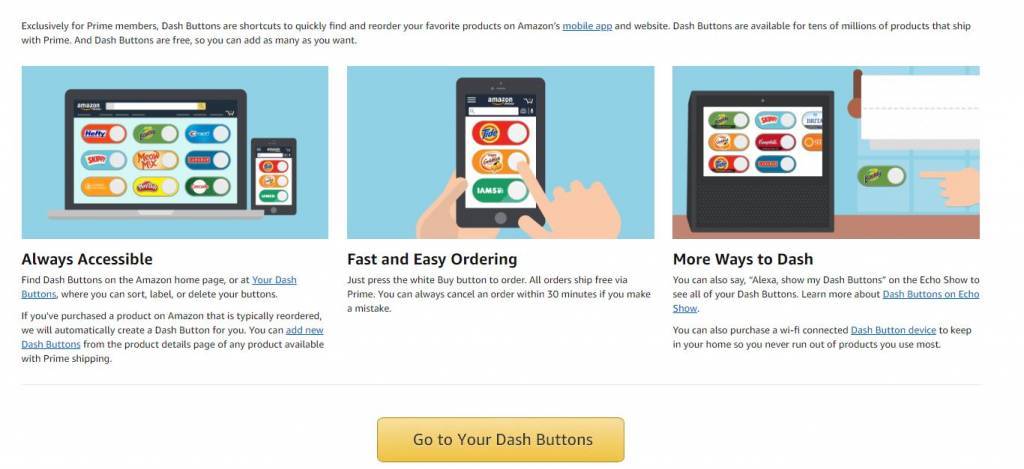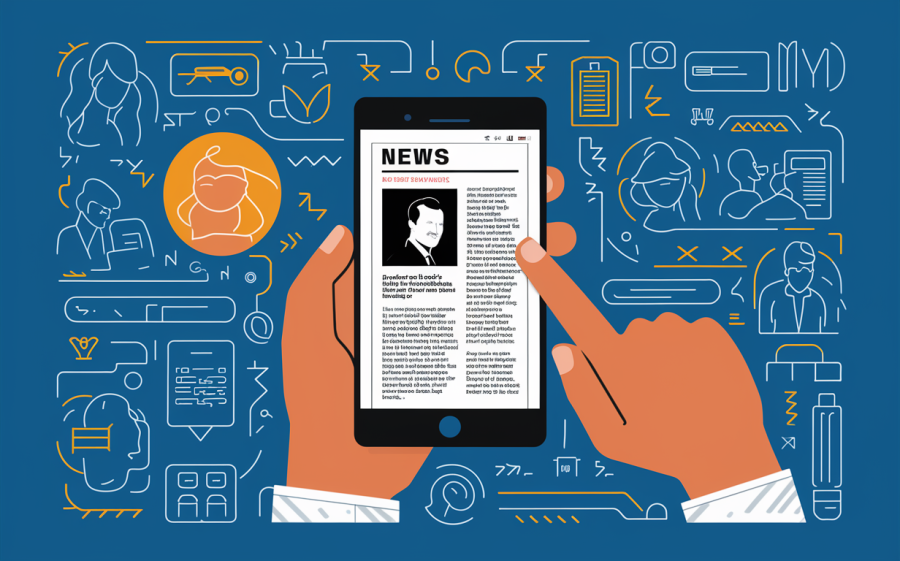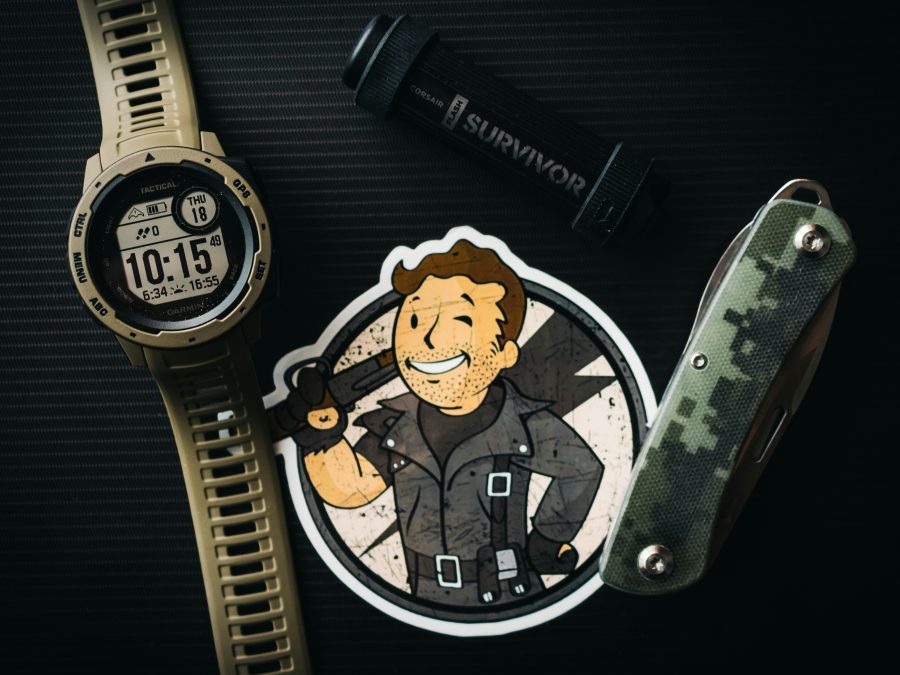If it’s true that “IoT is the senses and big data is the fuel” of a smart connected world, then what’s the role of big data and IoT in today’s ever-evolving e-commerce industry?
First of all, IoT is about the deployment of smart devices that use data and connectivity. The real value of the Internet of Things for businesses and, e-commerce platforms, in particular, is the delivery of intelligent insights that can provide new business outcomes.
As more devices get connected, the inflow of various types of data gathered grows exponentially. This can bring multiple advantages to any e-commerce businesses willing to harness the power of big data for providing their users with an improved online shopping experience.
In fact, gathering big data can have an enriching effect on users’ ability to find the things they need in an easy, quick, and personalized way.
Here are some of the most crucial advantages that big data and IoT can bring to e-commerce businesses:

A More Personalized Shopping Experience
Harnessing big data for improving users’ online shopping experience, is a practice every e-commerce business should be constantly relying on. When a user searches for a specific product or service, every e-commerce site should have access to as much data on the user’s internet habits as possible, in order to provide him with personalized search results. If on the one hand, this process benefits customers because it allows for an easier and faster research, on the other hand, it contributes to increasing customers’ engagement which, translated, mean increased revenues for businesses.
Data analytics can be incredibly accurate in providing users with targeted search results on e-commerce platforms. Amazon, leading platform for online purchases, is a great example of how big data should be used for products’ recommendations. When looking at a specific product on Amazon, users are being presented with other “similar products” they might be interested in, based on purchases made by previous customers. A countless number of e-commerce platforms have taken advantage of the outstanding power of big data for products recommendations and other targeted marketing purposes. Seasonal personalization, for example, is another really powerful targeted marketing strategy. The idea behind it is, again, the analysis of customers’ browsing history and past behavior, but this time the seasonal element comes into play. Seasons and holidays are taken into account by the recommendation algorithms in order to maximize the effectiveness of these recommendations. Customers behavior changes during specific times of the year and well-tuned algorithms can recognize these changes. During the winter holiday season, for example, users tend to buy gifts for other people, rather than purchasing products for themselves – recommendations are thus shifted to feature products that are popular during the holiday season.
Data is also key when it comes to taking products recommendations a step further. This means that users historical shopping habits don’t simply allow e-commerce platforms to recommend similar products but also provide them with the ability to make predictive offers for what online shoppers might want and need. The Shopify App Store, for example, enables retailers to predict customer behavior by recommending the most convenient products for their users. The predictive model for each online retailer is defined based on its products, users, and sales forecasts.
Even though most e-commerce businesses are already aware of the power of harnessing big data for products recommendations and predictions, what’s the role of IoT and connected devices in personalizing users’ shopping experiences?
Data from IoT connected devices will be increasingly used to receive insight into users lifestyle habits and to build targeted marketing campaigns. Possibilities for e-commerce businesses are endless, starting from the central role that IoT plays in predicting users’ needs and delivering a solution even before the problem occurs. Connected objects use data in an even more efficient way because they provide insights on exclusive information such as brand preferences, products conditions, and environmental factors. Is there a more personalized shopping experience than one that sends a product replacement even before the user realizes the current object is outdated?
Once again, Amazon has proven to be one of the first players enhancing the power of IoT in the e-commerce arena. The introduction of Dashbuttons, Wi-Fi-connected devices, has allowed consumers to order their favorite products with the press of a simple button. Each Dash Button is paired with a product of choice, which is selected during the setup process. More than providing users with considerable time savings, Amazon is thus able to gather a lot of data regarding consumption patterns for each brand and each product.

Improved Clients’ Satisfaction and Engagement
Qualitative feedback from customers is one of the most powerful tools e-commerce businesses have to increase clients’ satisfaction and engagement. In this case, the human insights can play a really central role in a data-driven business strategy because they can give businesses a qualitative glimpse into a customers opinion about their products and services. That’s why so many e-commerce sites encourage customers to provide detailed feedback on their purchases, even if that means highlight potentially negative aspects about their experience, as this represents a hard evidence to make necessary changes. Once customers have shared their thoughts and insights, businesses can combine this valuable qualitative feedback with analytics to make necessary changes and thus, improve client’s satisfaction and engagement. In the long run, providing an honest feedback is in the users’ best interest as it can prevent other users from buying questionable products. There are many online resources to draw from when it comes to gathering and analyzing reviews, for both businesses and users.
Product Review Monitoring, for example, is a platform that automates customer reviews research, analytics and provides intelligent answers to the most important questions around products’ performance.
Customers, at the same time, can tap into products’ reviews sites such as Best Reviews Guide, for making wise decisions about which products to buy, based on plenty of other users insights and suggestions.
However, there’s more to customers’ engagement than just reviews. IoT enables e-commerce businesses to analyze customers buying patterns and behavior in order to understand their level of satisfaction. For example, Walmart uses IoT to learn about their most popular products social media. IoT allows retailers to deliver a comprehensive shopping experience, based on consumers’ preferences, for improved clients’ satisfaction and engagement. This has positive effects on customer service too, as it enables businesses to anticipate possible complaints, leading to easy and prompt resolution and a smoother customer experience.

More Accessible Inventory Management and Faster Deliveries
The use of RFID chips, tags that can exchange data with a reader using radio frequency signals, and IoT sensors have drastically lowered the hours required to track inventories, and provided businesses with more accurate results. RFID chips can also assist warehouse workers in finding the correct items and detecting when they’re running low on a product while automatically ordering more. In this case, IoT plays a crucial role in drastically reducing the workload associated with managing a stock and the risk of losing potential customers. In fact, when an item on an e-commerce site is sold out, chances are that customers will start looking for it elsewhere. A more accessible inventory management, for e-commerce companies, means more time to focus on other key aspects of the business.
At the same time, RFID and GPS can help e-commerce businesses in tracking and monitoring deliveries in real time. Not only it provides businesses with a precise estimate of when the delivery will reach the destination but it also puts an end to the issue of losing shipments or misplacing them. Real-time delivery tracking has been possible for a while now, but the use of RFID can finally add the capability of managing bigger issues such as the route and speed that logistics crew are allowed to handle.

To sum up, e-commerce is expected to become the future of retail, as more and more customers understand the benefits of shifting to the digital shopping arena. As this happens, online retailers will necessarily need to adapt their sales strategies and methods to the ever-evolving technological landscape. Big data and IoT undoubtedly play a central role in this ongoing technological disruption.
At the same time, users shouldn’t underestimate the essential impact of their data contribution, as this can benefit them in the first place, by allowing for an enhanced, customized shopping experience.























